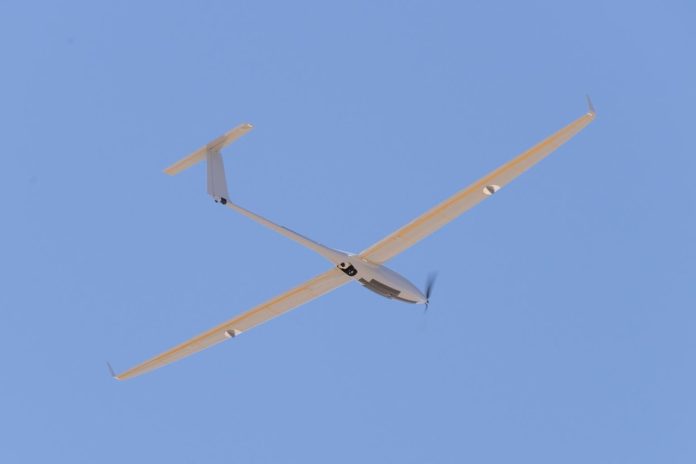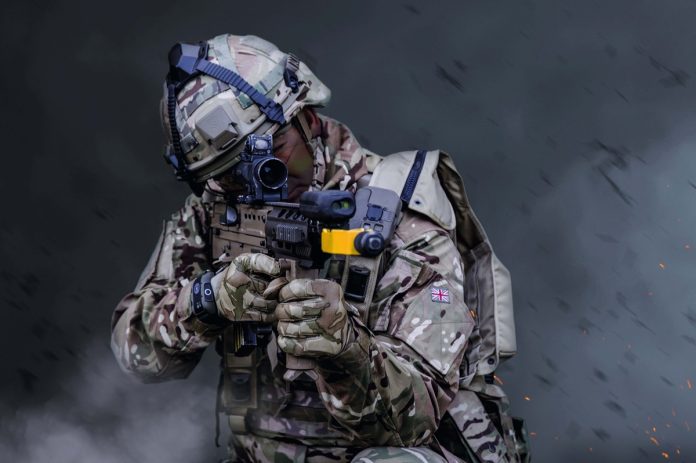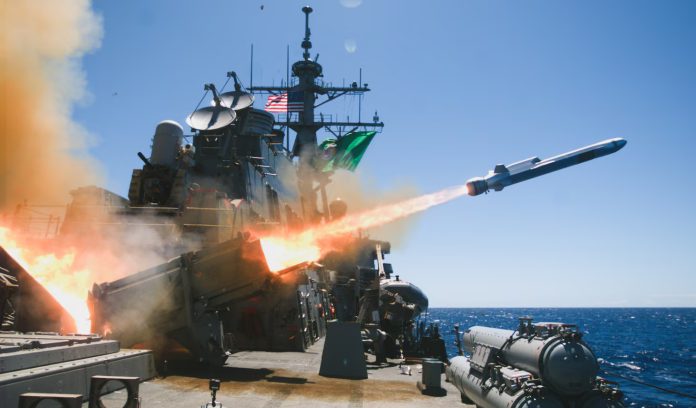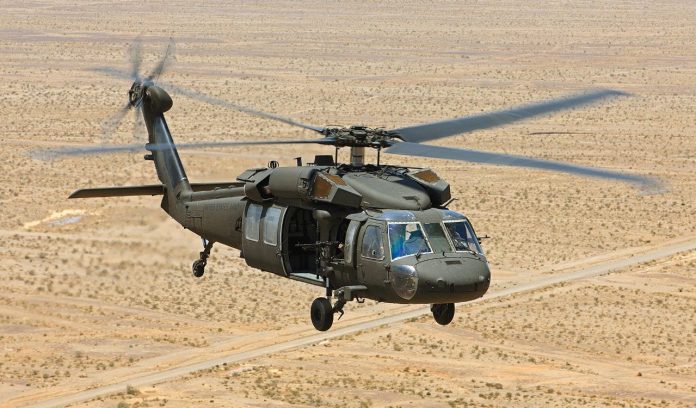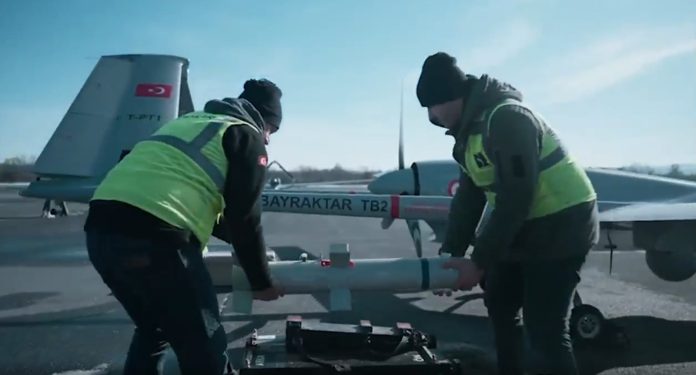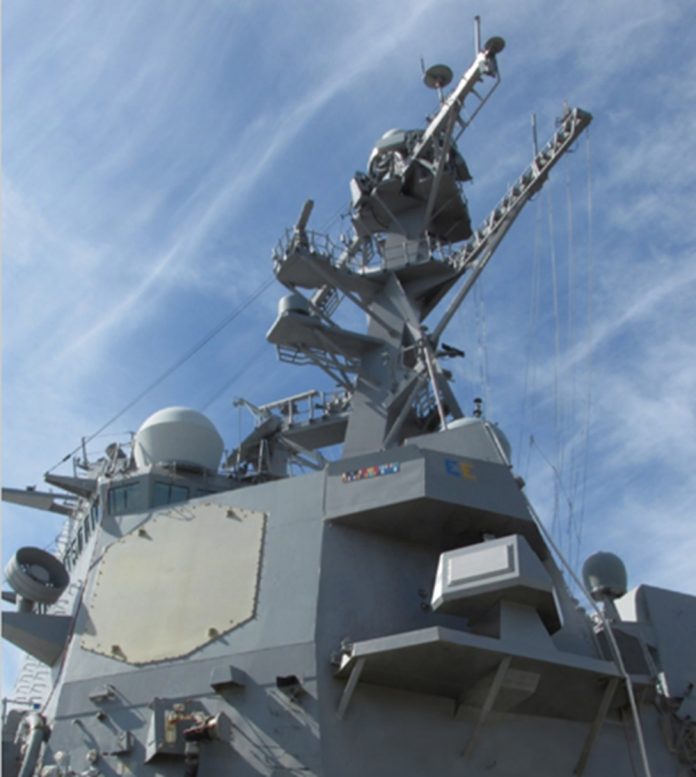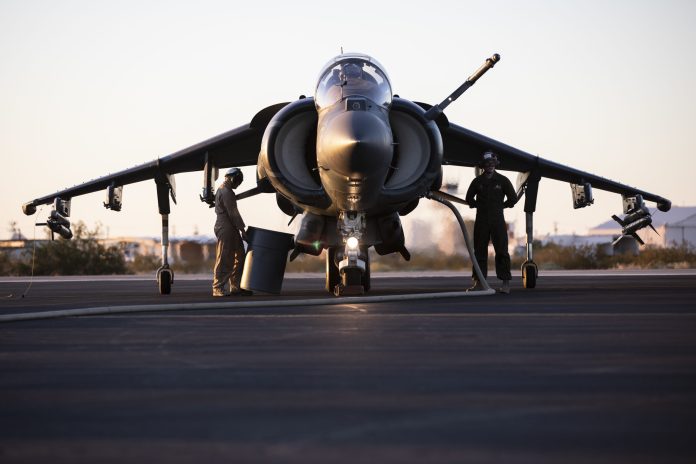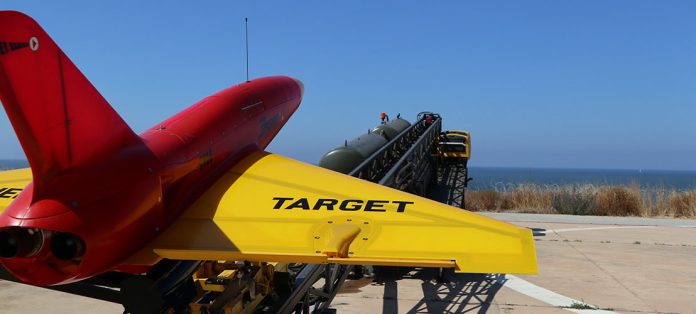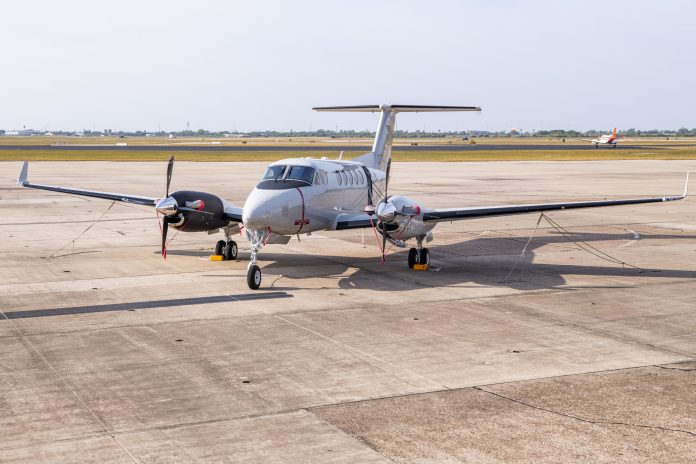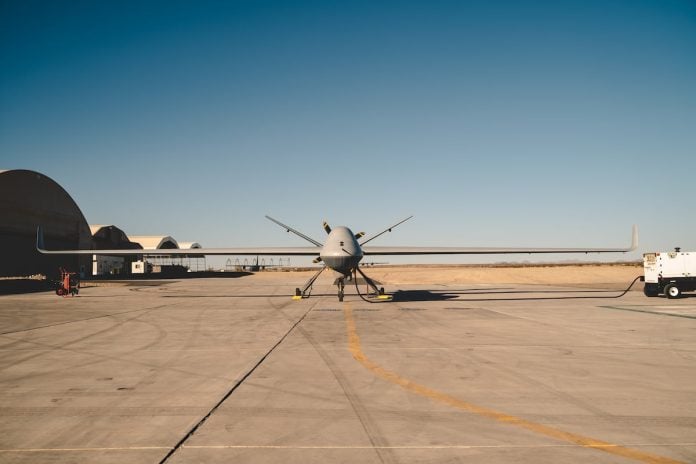US Awards $20 Million Contract to Kraus Hamdani Aerospace for Innovative Unmanned Aerial Systems
Washington, D.C. — The U.S. Department of Defense has awarded a significant $20 million contract to California-based Kraus Hamdani Aerospace to produce and deliver unmanned aerial systems (UAS) as part of the Pentagon’s Accelerate the Procurement and Fielding of Innovative Technologies (APFIT) program. The contract will see the deployment of Kraus’ K1000ULE UAS for the U.S. Army Pacific 1st Multi-Domain Task Force and the Joint Special Operations Command.
The K1000ULE UAS is designed to deliver advanced capabilities including Aerial Tier Network Extension, Electronic Warfare, and Intelligence, Surveillance, and Reconnaissance (ISR), facilitating deep sensing and extensive communication capabilities over large distances.
“The APFIT award validates our learning from conflict areas across the globe and reinforces our commitment to delivering mature technology that provides our warfighter with an asymmetric advantage in modern warfare,” said Fatema Hamdani, CEO and Co-founder of Kraus Hamdani Aerospace.
This contract, one of the largest since the APFIT program was initiated in 2022, signifies a crucial step for the company, with CTO and co-founder Stefan Kraus indicating that the funding will enable rapid scaling of their manufacturing capabilities. “This award furthers our development in high endurance technologies while delivering critical capability to the US Army,” he remarked.
The K1000ULE is touted as the longest-endurance, fully electric, zero-emissions autonomous aircraft within the Group 2 UAS category. It boasts state-of-the-art features such as aerial-based full-motion video, electronic warfare, and comprehensive ISR capabilities. The UAS is powered by an AI-driven autonomous vehicle coordination system known as UpSwarm, which facilitates voice-and-data communication services.
The U.S. Army Pacific Command recognized the K1000ULE’s potential for deep reconnaissance and sensing during exercises and operations in 2022, ultimately leading to its sponsorship for APFIT.
The APFIT program is designed to expedite the transition of innovative technologies developed by small businesses and nontraditional defense contractors into production and operational use, exemplifying the U.S. military’s commitment to harnessing cutting-edge technology to maintain its strategic advantage.

